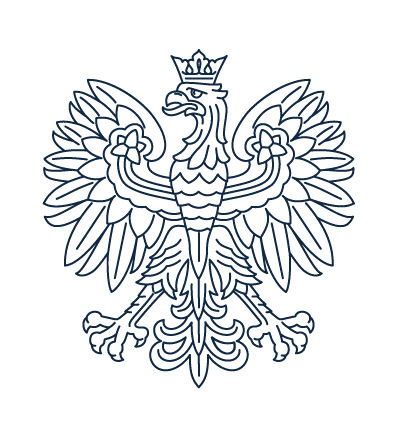
About blended mobility
ERASMUS+ BLENDED INTENSIVE PROGRAMMES (BIP)
– mieszane programy intensywne Erasmus+
What is a blended intensive programme?
This is one of mobility possibilities within Erasmus+ mobility programmes (Erasmus+ Programme Guide for 2021-2027 available here).
BIPs are short, intensive programmes that use innovative ways of learning and teaching, including the use of online cooperation.
The programmes may include challenge based learning where transnational and transdisciplinary teams work together to tackle challenges for example those linked to the United Nations’ sustainable development goals or other societal challenges identified by regions, cities or companies. The intensive programme should have added value compared to existing courses or trainings offered by the participating higher education institutions and can be multiannual. By enabling new and more flexible mobility formats that combine physical mobility with a virtual part, blended intensive programmes aim at reaching all types of students from all backgrounds, study fields and cycles.
Groups of higher education institutions will have the opportunity to organise short blended intensive programmes of learning, teaching and training for students and staff. During these blended intensive programmes, groups of students or staff as learners will undertake a short-term physical mobility abroad combined with a compulsory virtual component facilitating collaborative online learning exchange and teamwork. The virtual component must bring the learners together online to work collectively and simultaneously on specific assignments that are integrated in the blended intensive programme and count towards the overall learning outcomes.
Any study period or traineeship abroad of any duration, including doctoral mobility, may be carried out as a blended mobility. Blended mobility is a combination of physical mobility with a virtual component facilitating a collaborative online learning exchange and teamwork. For example, the virtual component can bring learners together online from different countries and study fields to follow online courses or work collectively and simultaneously on assignments that are recognised as part of their studies.
In addition, blended intensive programmes can be open to student and staff from higher education institutions outside the partnership. Blended intensive programmes build capacity for developing and implementing innovative teaching and learning practices in the participating HEIs.
Who can participate?
The programmes are available for students, doctoral students and staff.
A staff mobility period abroad can combine teaching and training activities. Any teaching or training period abroad may be carried out as a blended mobility.
Any student can also undertake blended mobility by participating in a blended intensive programme according to the specific eligibility criteria for blended intensive programmes, described in the Guide (available here).
In addition, students (short cycle/bachelor/master) who are not able to participate in long-term physical study or traineeship mobility, for example, due to their study field or because they have fewer opportunities for participation, will be able to carry out a short-term physical mobility by combining it with a compulsory virtual component.
Duration of the mobility
Blended intensive programmes for students and staff must comprise a short-term physical mobility abroad combined with a compulsory virtual component facilitating a collaborative online learning exchange and teamwork
- Physical mobility: from 5 days to 30 days of programme duration.
- Virtual componend: no eligibility criteria is set for the duration of the virtual component
- for students: the combined virtual and physical mobility must award a minimum of 3 ECTS credits






